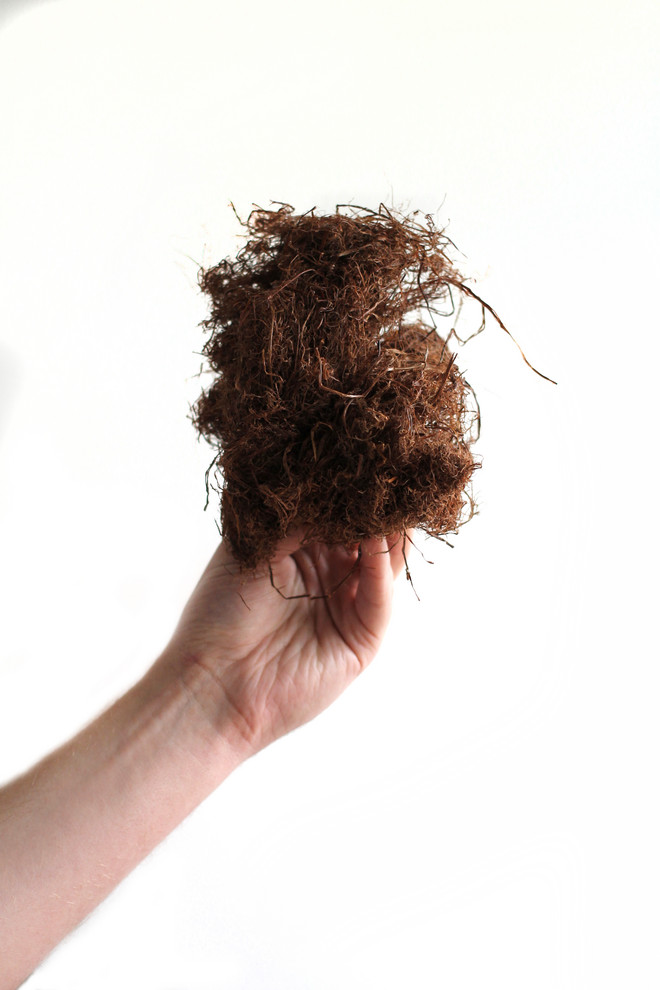
The Pi(ne)oneer
Migration as a natural part of architecture?
At the exhibition '70 % Less CO2' you can explore the project 'The Pi(ne)oneer'.
The Pi(ne)oneer explores the potential of coniferous needles as a new insulation material using the human body as a test sensor with the design taking the form of wearable architecture using local and sustainable alternatives.


The project explores the idea of mobile architecture attached to the human body at the most intimate of scales, designed to be transformable and modular. It contemplates a migrating future for architecture, willing to move and adapt to new contexts, opposing the otherwise stationary approach taken by modern-day construction.
The insulation is tested in Alaska where 90% of construction materials are imported. Moreover, construction in general accounted for 39% of energy and process‐related carbon emissions globally in 2018, so, while speculative, it is still applicable globally with radically changing climates, even more so.

















